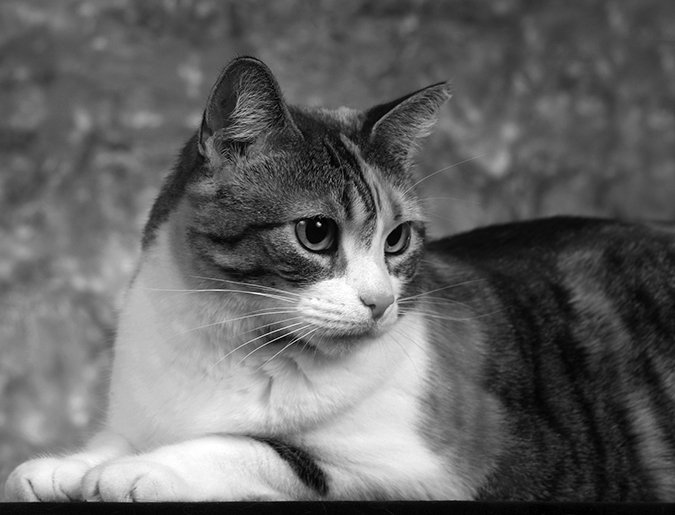Q: I have a 6-year-old domestic shorthaired cat who is fascinated by a bird feeder that we have outside our living room window. She spends hours intently watching the birds that visit, and this is a great thing, for sure. Occasionally, though, when I approach her while she is watching the birds, she will turn around and swat at me aggressively. She never behaves aggressively in any other circumstance. Do you have any idea what is causing this behavior and how I can stop it?


A: Thanks very much for writing, and I understand how this behavior can be disconcerting. Aggression in cats can not only be confusing and scary, it can be dangerous, so intervening is important.
The causes of aggression in cats can be complex, both with respect to factors that trigger aggressive behavior and targets at which it is directed, making the development of strategies to eliminate aggressive feline behavior challenging.
Cats can display a number of different types of aggression and may display more than one type at a time. Irrespective of the type of aggression, however, some general principles that apply to the management of all types of feline aggression:
– Early intervention is best.
– Any type of physical punishment can increase a cat’s fear anxiety and worsen aggression.
– Medications may help but only in combination with behavioral/environmental modification.
– Recognizing aggression and startling an aggressive cat without physical contact is usually effective.
– Avoid situations that you know make a cat aggressive.
– Separate cats who act aggressively toward each other and reintroduce them slowly with positive reinforcement.
– Food treats are excellent positive enforcers of non-aggressive behavior.
The first step to take in managing an aggressive cat is to make sure that she has no medical reason. Diseases such as hyperthyroidism, osteoarthritis, dental disease and central nervous system problems may cause aggression, so consultation with a veterinarian is vital before embarking upon attempts to manage the aggression with behavioral and/or environmental modification.
If your cat has been examined by a veterinarian and is healthy, I think she may be demonstrating a type of aggression called redirected aggression. With this type, a cat is aroused by one stimulus (in your kitty’s case, the birds outside) and intervention by some other person or animal during this arousal prompts the cat to act aggressively (i.e., to redirect the aggression) toward that intervening individual.
The first step when this type of behavior occurs is to avoid your kitty completely until she calms down. You could get hurt if you try to interact with her and may also actually encourage this type of inappropriate behavior. It may be necessary to steer her gently to a quiet, dark room for a time-out using a thick blanket or barrier to protect you from injury.
You should then intermittently enter the room, turn on the light and put down a bowl of food. If she becomes aggressive again, pick up the food and leave the room. If she behaves calmly, pet her gently and praise her. You must be persistent, and intervene in this manner every time she acts aggressively toward you.
Removing the stimulus that prompts aggression can also be very helpful. In your case, although I know it’s nice to know that the birds are entertaining her, moving the bird feeder or using window blinds to prevent her from watching them may be something to consider if you cannot modify her behavior using the technique outlined above.
I hope that this is helpful, and best of luck. Be careful and persistent, and I am sure that you can address this problem. If you can’t do it on your own, please seek out the advice of a veterinary behaviorist.
—Sincerely, Elizabeth



